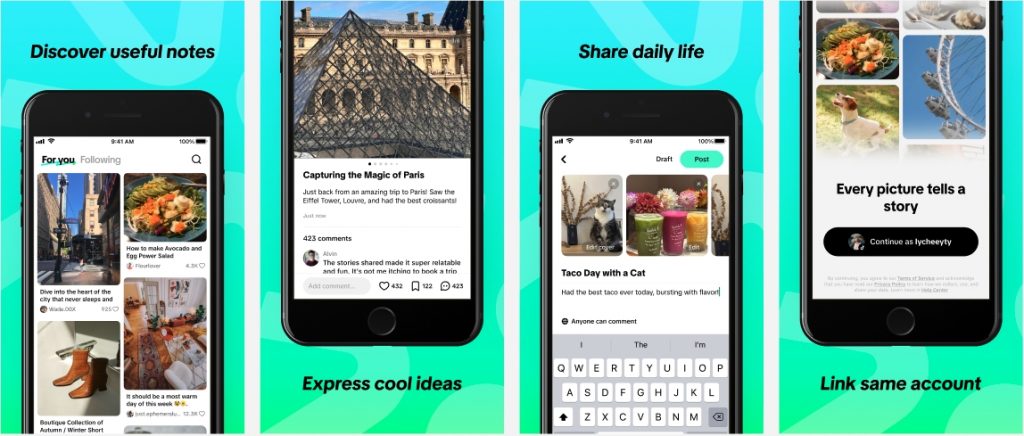Legislation on the accessibility of online resources has been around for some time now, both in Canada (2019) and in the USA and Europe. In 2021, Ontario raised its requirements, and we can expect a move towards greater accessibility of web content in the coming years. Here’s an interview with Kim Auclair, Web communications consultant.
When you’re not familiar with the reality of a person with a disability, you might think that the Internet is a tool of choice – almost optimal, in a sense – for obtaining information. After all, a hearing-impaired person might concentrate on “text” content, and a sight-impaired person on “audio” content. But Kim Auclair reveals a much more complicated reality.
For many people who, like me, are integrated into the hearing world, it’s very difficult to follow online courses, webinars and so on. Even subjects in regular school classes. I know people who have struggled to adjust their schedules, to be entitled to class notes, to progress at their own pace. When I was younger, I didn’t dare talk about my deafness at school. I often had to work twice as hard as the others.
Since the start of the pandemic, “disability-free” teleworkers have discovered the challenge of understanding each other in virtual conversations. We can easily imagine that the challenge is twofold for a deaf or hard-of-hearing person who wants to interact online or consult specific content.
In everyday life, one of the biggest obstacles for deaf and hard-of-hearing people is access to information,” points out Kim Auclair. Adapting or making online content accessible for them means reducing the chances of them missing out on information.”
Not just subtitles
What we need to understand is that anyone who communicates information via the Web (through videos, Webinars, Zoom meetings, online training, podcasts, etc.) has a thousand and one opportunities to make life easier for people who are deaf or hard of hearing. And this goes beyond simply adding subtitles to a video.
We’re talking about subtitles, but it’s also about using simple words and images. Agreeing to hand over notes at the end of a live event on Zoom. Make sure you have good lighting to facilitate lip-reading. Send an agenda or topics of discussion before a meeting or presentation. Eliminate visual distractions in videos, agree to rephrase what you’ve just said or offer to explain things in writing (in chat) if asked to clarify a message…”
Kim Auclair reminds us of the importance of keeping “eye focus” on the person’s face. After a virtual meeting, it’s possible to pay attention to something that will make a big difference, such as sending a summary of the exchange by e-mail. In the case of a video or asynchronous webinar, the audio files can be transcribed using an application.
Of course, the consultant recognizes that deploying these strategies requires an investment in time and, sometimes, money. At the same time, financial assistance programs exist to cover the costs of making content accessible.
In addition to helping many more people than we think, these small actions allow everyone to feel included,” says Kim Auclair. It also increases the likelihood of people taking part in discussions.
In the end, everyone wins.




